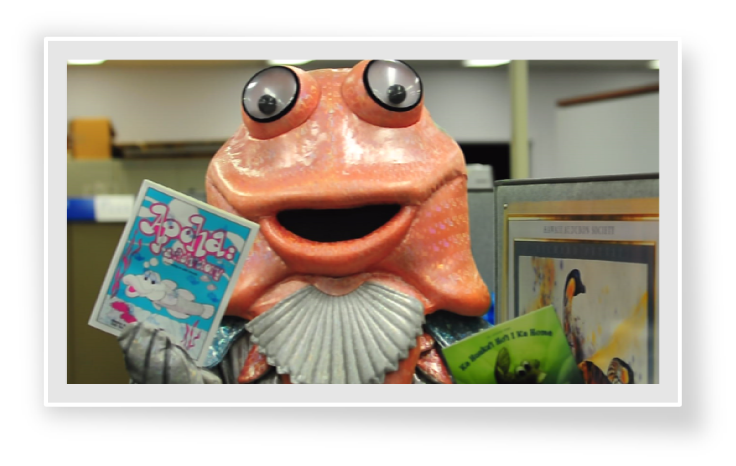NOTICE OF CLEAN WATER BRANCH RECOMMENDATIONS FOR WATER POLLUTION CONTROL PERMIT FOR JOINT BASE PEARL HARBOR-HICKAM WASTEWATER TREATMENT PLANT
Posted on May 29, 2025 in Active Public Notices and Upcoming Public HearingsNOTICE OF CLEAN WATER BRANCH RECOMMENDATIONS FOR
WATER POLLUTION CONTROL PERMIT FOR
JOINT BASE PEARL HARBOR-HICKAM WASTEWATER TREATMENT PLANT
NPDES PERMIT NO. HI 0110086
DOCKET NO. HI 0110086
PUBLIC COMMENT PERIOD
May 29, 2025 – June 30, 2025
The Hawaii Department of Health (DOH), Clean Water Branch (CWB) tentatively
recommends to the Director of Health (Director) to renew a National Pollutant Discharge Elimination System (NPDES) permit to regulate and impose water pollution control requirements on the discharge of secondary treated wastewater, to receiving State waters, subject to special conditions, to:
UNITED STATES OF AMERICA
DEPARTMENT OF THE NAVY
JOINT BASE PEARL HARBOR-HICKAM (JBPHH)
A permit for such discharge would expire five (5) years from the effective date of the permit. The facility is located at Fort Kamehameha Road and Seaman Avenue, JBPHH, HI 96853. It provides advanced secondary treatment of wastewater for a population of approximately 40,000 in the JBPHH Complex, including Ford Island; the Ship Wastewater Collection Ashore Abatement System; U.S. Marine Corps Base, Camp Smith; Hawaii Air National Guard; and Navy, Air Force, and Coast Guard military family housing units.
Influent enters the facility through two (2) sewer mains. One line conveys base domestic sewage, treated and untreated non-domestic wastewater, and ships sanitary wastewater from the JBPHH, various military housing areas, and the U.S. Pacific Command, Camp Smith. The second conveys domestic sewage and non-domestic wastewater from the JBPHH (Hickam Air Force Base), including the Hawaii Air National Guard. Flows from each line comingle at the facility headworks. Treatment consists of mechanical bar screens, grit removal, primary clarifiers, aeration/anoxic tanks, secondary clarifiers, sand and disc filters, and ultraviolet (UV) disinfection. Sand filters are rehabilitated with chlorine no more frequently than annually.
Sludge processing consists of dissolved air floatation sludge thickeners, anaerobic digestion, and centrifuges for dewatering. Solids are currently disposed of off-site at the Navy’s Biosolids Treatment Facility at Kalaeloa. The Permittee is in the process of determining an alternative disposal location.
In addition to domestic wastewater, the facility provides treatment to wastewater from 119 non-domestic sources internally regulated by the Navy; and receives ships sanitary, ships bilge water, and oily wastewaters, specifically associated with ships services, ships repair, and aircraft services. Approximately 54 percent of the total wastewater volume treated is from base domestic sewage; 33 percent is from inflow/infiltration; 11 percent is from ships sanitary sewage; and the remaining two (2) percent is from non-domestic and industrial process wastewater.
Treated effluent is discharged to Mamala Bay through the facility’s deep ocean outfall (Outfall Serial No. 001). The outfall discharges treated effluent through a 42-inch diameter HDPE, concrete, and ductile iron pipeline with diffuser that is approximately 13,000 feet offshore, and 150 feet below the surface of the water. The diffuser is approximately 314 feet long with 27 open ports and every fifth port plugged.
The receiving water, Mamala Bay, is classified by the DOH as a Class A Wet Open Coastal Water under HAR Section 11-54-6(b)(2)(B). It is the objective of class A waters that their use for recreational purposes and aesthetic enjoyment be protected. Any other use shall be permitted as long as it is compatible with the protection and propagation of fish, shellfish, and wildlife, and with recreation in and on these waters.
Persons wishing to comment upon or object to the CWB recommendations with respect to an NPDES permit or to request a public hearing, should submit their comments or requests in writing no later than 30 calendar days after the date of this notice, either through E-mail at cleanwaterbranch@doh.hawaii.gov or by mail at P.O. Box 3378, Honolulu, HI 96801‑3378.
Copies of the public notice permit recommended by CWB and other information are available for public inspection, Monday through Friday (excluding holidays) from 7:45 a.m. until 4:15 p.m., at the DOH-CWB office located at 2827 Waimano Home Road, Room 225, Pearl City, HI 96782. Copies may be bought. Electronic copies of the proposed public notice permit and other information are also available online at https://health.hawaii.gov/cwb/clean-water-branch-home-page/public-notices-and-updates/.
For more information or if you have special needs due to disability that will aid you in inspecting and/or commenting on the public notice permit and related information, please contact Mr. Reef Migita, Supervisor of the Engineering Section, CWB, at the above address or (808) 586-4309 (Voice) as soon as possible before the end of the comment period. For those who use a TTY/TDD, please call through Sprint Relay Hawaii, at 1 711 or 1-877-447-5991. If a request for assistance is made after the end of the comment period, the CWB will try to fulfill the request, but cannot guarantee that the request can be fulfilled prior to a final determination.
All written comments and requests received on time will be considered. If the Director determines that there is significant public interest, a public hearing may be held after at least 30 calendar days of public notice.
If the CWB believes, after considering all timely written comments and all oral comments at any public hearing that may be held, that no substantive changes to the conditions of the public notice permit are necessary or warranted, then the CWB may recommend to the Director that the NPDES permit be issued.
Please notify anyone you know who would be interested in this matter.
